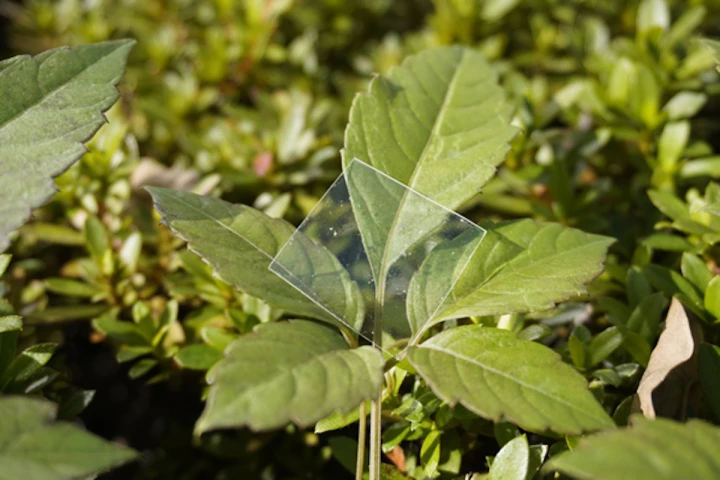Salt-water
-
Dozens of water-harvesting pods are set to be deployed along the sea floor off the coast of California as the United States ramps up its first subsea desalination project. The effort is expected to produce 60 million gallons (227 million liters) of fresh water per day.
-
Scientists at RIKEN in Japan have developed a new type of plastic that’s just as stable in everyday use as regular plastic, but dissolves quickly in saltwater, leaving behind only safe compounds.
-
The 3D printing of certain items could soon get a lot faster, simpler and more eco-friendly. That's because scientists have developed a new 3D printing ink which is easily extruded as a liquid, then solidifies on contact with a saltwater solution.
-
The world’s largest ocean-based carbon dioxide removal plant is being built in Singapore, and will be capable of capturing 8 million lb of CO2 per year while also producing 231,000 lb of carbon-negative hydrogen.
-
A bright red waterfall isn’t something you’d expect to see on the icy landscape of Antarctica, but that’s what’s pouring out from the foot of Taylor Glacier. Scientists now claim to have solved the mystery behind the crimson waters of Blood Falls.
-
A new type of desalination membrane uses a series of nanoscale tubes lined with a Teflon-inspired material that repels salts while allowing water to flow through with little friction. The team says it's fast, and requires little pressure and energy.
-
A new design for a solar-powered desalination device prevents the build-up of salt, making for an efficient and affordable system. Just four dollars' worth of materials should be enough for a device that can provide a family's daily drinking water.
-
There are many parts of the world that lack infrastructure, but that get a lot of sunlight ... which makes buildings hot. A new system could help, as it uses a combination of sunlight and salt water – but no electricity – to produce a cooling effect.
-
Surfaces in contact with salty water usually end up with a corrosive layer of salt caked on. Now, engineers at MIT have made these minerals so easy to remove that they often just fall off on their own – by forming “crystal critters.”
-
Desalination is an important technology that may help expand the world’s supply of drinking water. Now, engineers in China have demonstrated a new, relatively simple design for a solar still with a high efficiency and low cost.
-
Desalination is an important technology that may help unlock more drinking water, and now two independent teams have developed new types of solar-powered desalination systems using very different mechanisms.
-
Given the scarcity of fresh water in many regions, it does seem a bit crazy to be flushing the stuff down the toilet. And while a few coastal areas use seawater instead, doing so is problematic in its own way – new research, however, may change that.
Load More











